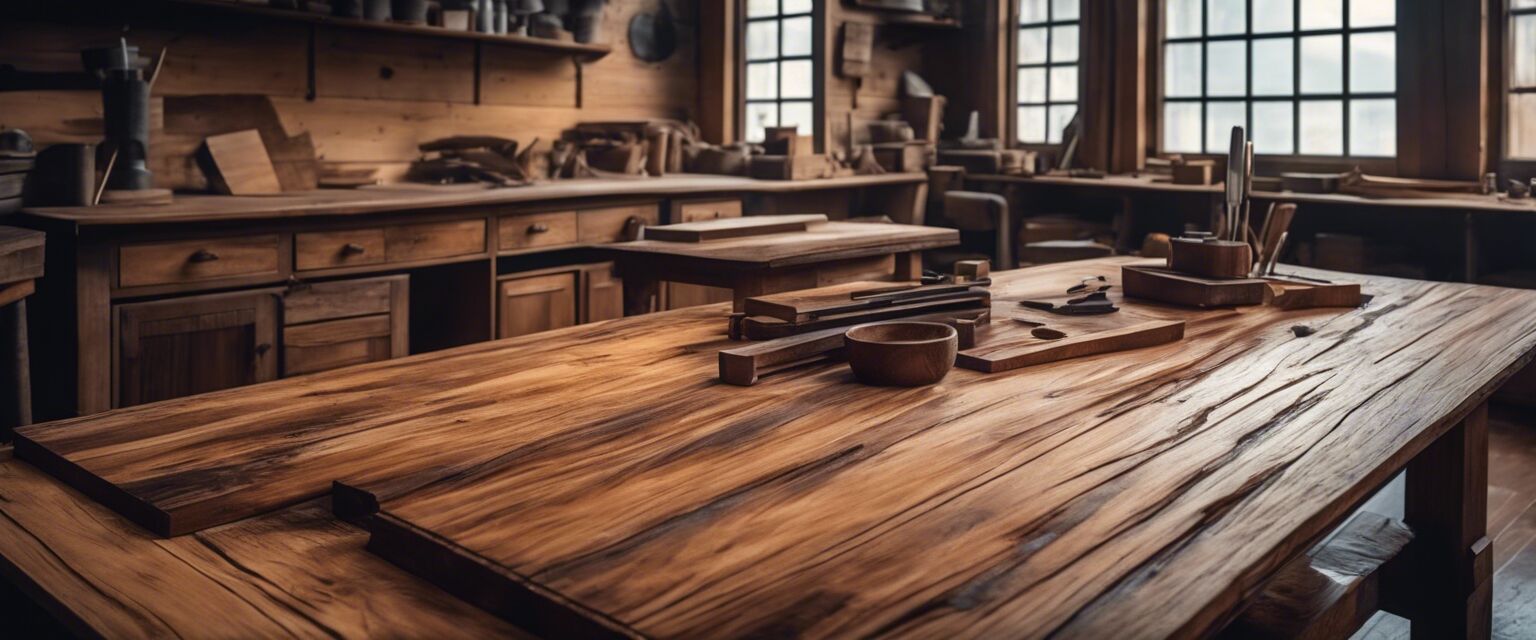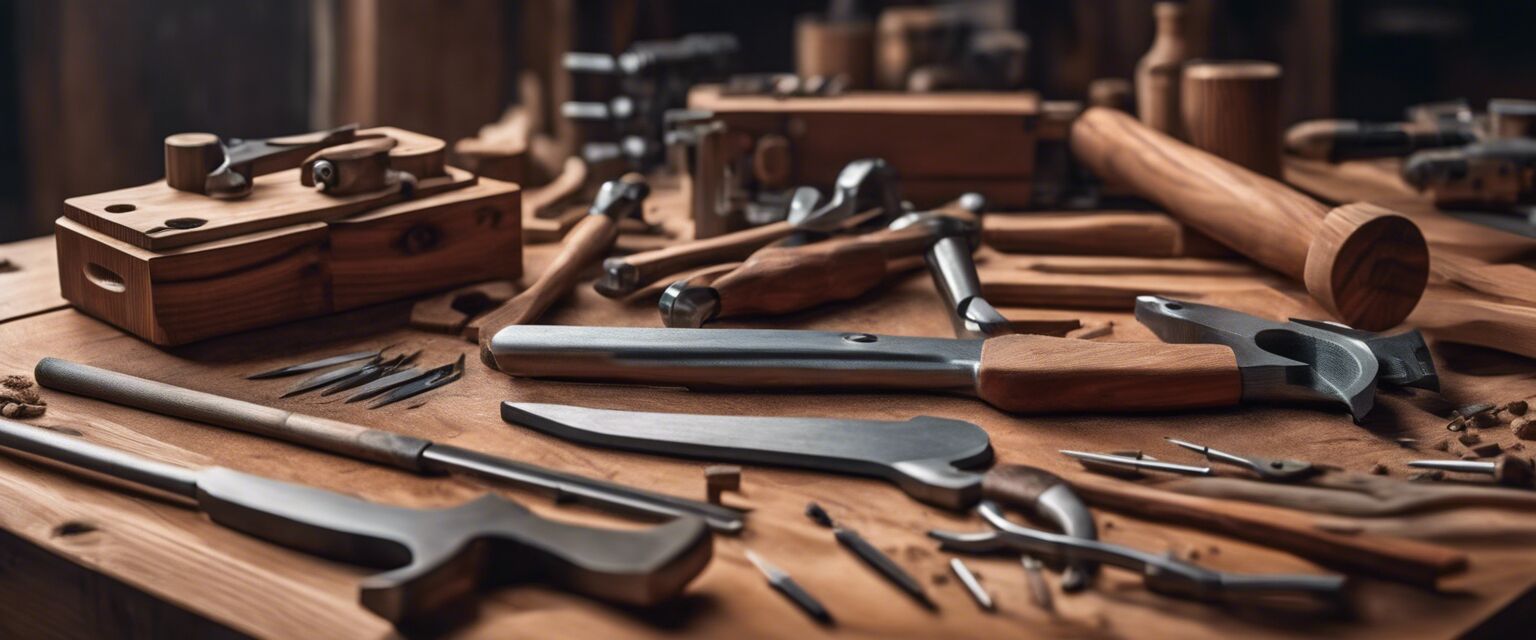
Woodworking Safety Gear
Key Takeaways
- Safety gear is essential to protect woodworkers from common hazards.
- Investing in quality gear enhances comfort and efficiency.
- Regular maintenance of safety equipment prolongs its life.
- Always choose gear that meets safety standards.
Woodworking is a rewarding hobby and profession that allows you to create beautiful, handmade pieces. However, it comes with potential hazards that every woodworker should take seriously. The right safety gear can make a huge difference in your workshop experience. Here, we will explore the essential safety gear you need to keep yourself safe while crafting your wooden masterpieces.
Why is safety gear important in woodworking?
Working with wood and numerous tools exposes woodworkers to various risks, including dust inhalation, eye injuries, and hearing damage. Proper safety gear helps minimize these risks significantly. Here's an overview of the types of safety equipment every woodworker should consider.
Essential Types of Woodworking Safety Gear
| Type of Safety Gear | Description | Importance |
|---|---|---|
| Safety goggles | Protective eyewear to prevent wood chips and dust from entering the eyes | Prevents severe eye injuries |
| Hearing protection | Earplugs or earmuffs to reduce exposure to loud noises | Reduces the risk of hearing loss |
| Respirators | Devices to filter out harmful dust and particles from the air | Protects against respiratory issues |
| Work gloves | Padded or cut-resistant gloves for hand protection | Prevents cuts and abrasions |
| Dust masks | Lightweight masks designed to filter out fine particles | Helps in preventing inhalation of dust |
Detailed Overview of Woodworking Safety Gear
1. Safety Goggles

Safety goggles provide excellent eye protection against flying debris and dust. They should fit securely around the eyes without obstructing vision. Always choose goggles that comply with safety standards to ensure maximum protection.
2. Hearing Protection

Woodworking can involve loud machinery, which can be detrimental to your hearing over time. It's crucial to use earmuffs or earplugs while operating power tools. Look for options that provide comfortable noise reduction without compromising communication.
3. Respirators
Respirators are essential for shielding your lungs from harmful dust and airborne particles. A high-quality respirator will prevent respiratory conditions, especially when sanding or cutting wood.
4. Work Gloves
Your hands are your most valuable tools in woodworking! Invest in a good pair of work gloves to protect your hands from cuts and splinters while providing a better grip on tools.
5. Dust Masks
Dust masks are a lightweight solution for filtering out fine dust particles. Always wear a mask during activities that generate wood dust, like sanding.
Maintaining Your Safety Gear
Proper maintenance of your safety gear is crucial for its effectiveness. Here are some tips:
- Regularly inspect safety goggles for cracks or scratches.
- Clean respirators and dust masks after every use.
- Check gloves for tears or wear and replace as necessary.
- Store hearing protection in a dry place to avoid damage.
Conclusion
Investing in quality woodworking safety gear is vital for every woodworker. Not only does it protect you from potential injuries, but it also enhances your overall workshop experience. Always remember to wear the appropriate gear and maintain it properly for the best protection.
Pros
- Reduces risk of injuries.
- Improves focus and efficiency in the workshop.
- Provides peace of mind.
- Compliance with safety regulations.
Cons
- Can be uncomfortable to wear for long periods.
- Additional cost to set up a full collection.
- May restrict some movement or visibility.
Tips for Beginners
- Always wear safety gear when working with unfamiliar tools.
- Invest in multifunctional gear for versatility.
- Prioritize comfort to ensure you wear your safety gear consistently.
- Keep your safety gear in a dedicated place for easy access.
- Take a safety course to improve your understanding of proper gear usage.
Explore More Safety Gear Options
For additional information about woodworking safety gear and other tools, consider checking out the following links:












